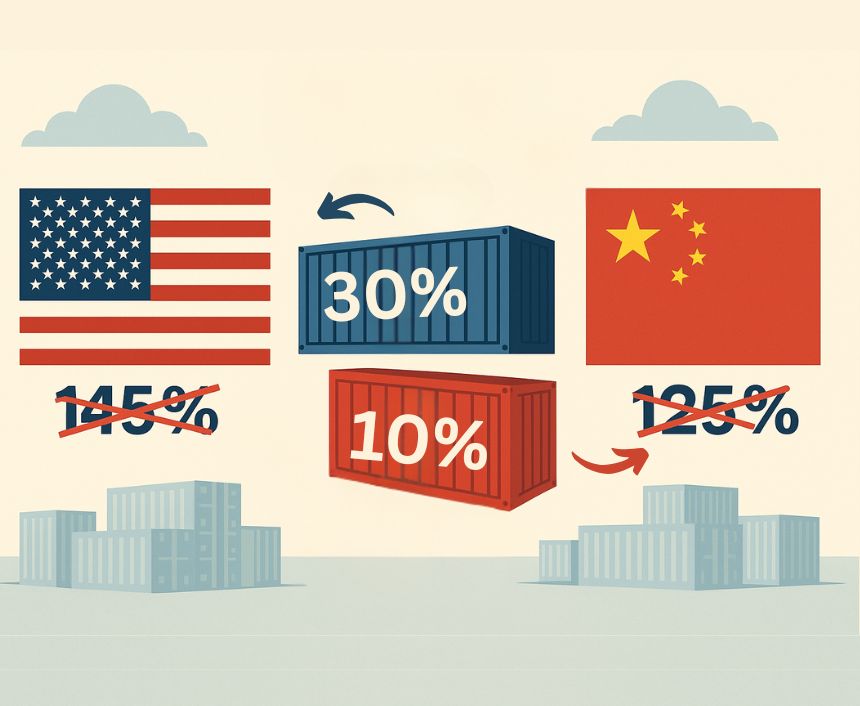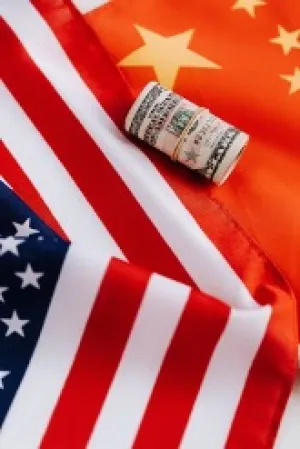US-China tariff ceasefire brings temporary relief to lighting industry
The United States and China have agreed to a 90-day tariff reduction, a major development for the global lighting industry. The temporary measure brings welcome relief to manufacturers and importers who have been struggling with rising costs recently.

Tariffs drop significantly
Starting May 14, 2025, US tariffs on Chinese imports will be reduced from 145% to 30%. At the same time, China will also reduce tariffs on US goods from 125% to 10%. According to the Wall Street Journal, the US tariff rate includes a 10% base rate and an additional 20% penalty related to fentanyl enforcement.
30%: A familiar number at LightFair
Interestingly, 30% was also a common number discussed at the LightFair show last week. Multiple attendees said that the price increase of lamps due to tariffs ranged from 10% to 30%. There are widespread concerns about low inventory levels in the market, which indicates that the supply chain is under continued pressure.
According to the Long Beach Post, the last round of high tariffs hit major U.S. ports hard. The Port of Los Angeles and Long Beach, which handle about a third of U.S. container imports, has seen a sharp drop in both cargo and ship traffic. Many suppliers have canceled or rerouted shipments due to the tariff increase, leading to bottlenecks and uncertainty throughout the supply chain.

Market Reaction Positive
The tariff cut boosted investor confidence. Nasdaq futures rose about 800 points, or about 4%, after the announcement. This market move reflects market optimism that trade pressures may ease, at least for now.
Vietnam's Role Under Scrutiny
One of the key questions going forward is how Vietnam will fare. With tariffs as high as 46%, Vietnam has become a preferred destination for transshipment of Chinese goods. However, some industry insiders suspect that many Chinese products are still produced in China. Now that China's tariffs are temporarily lower than Vietnam's, Vietnam may turn back to importing directly from China, which could disrupt some of Vietnam's fast-growing supply chains.


